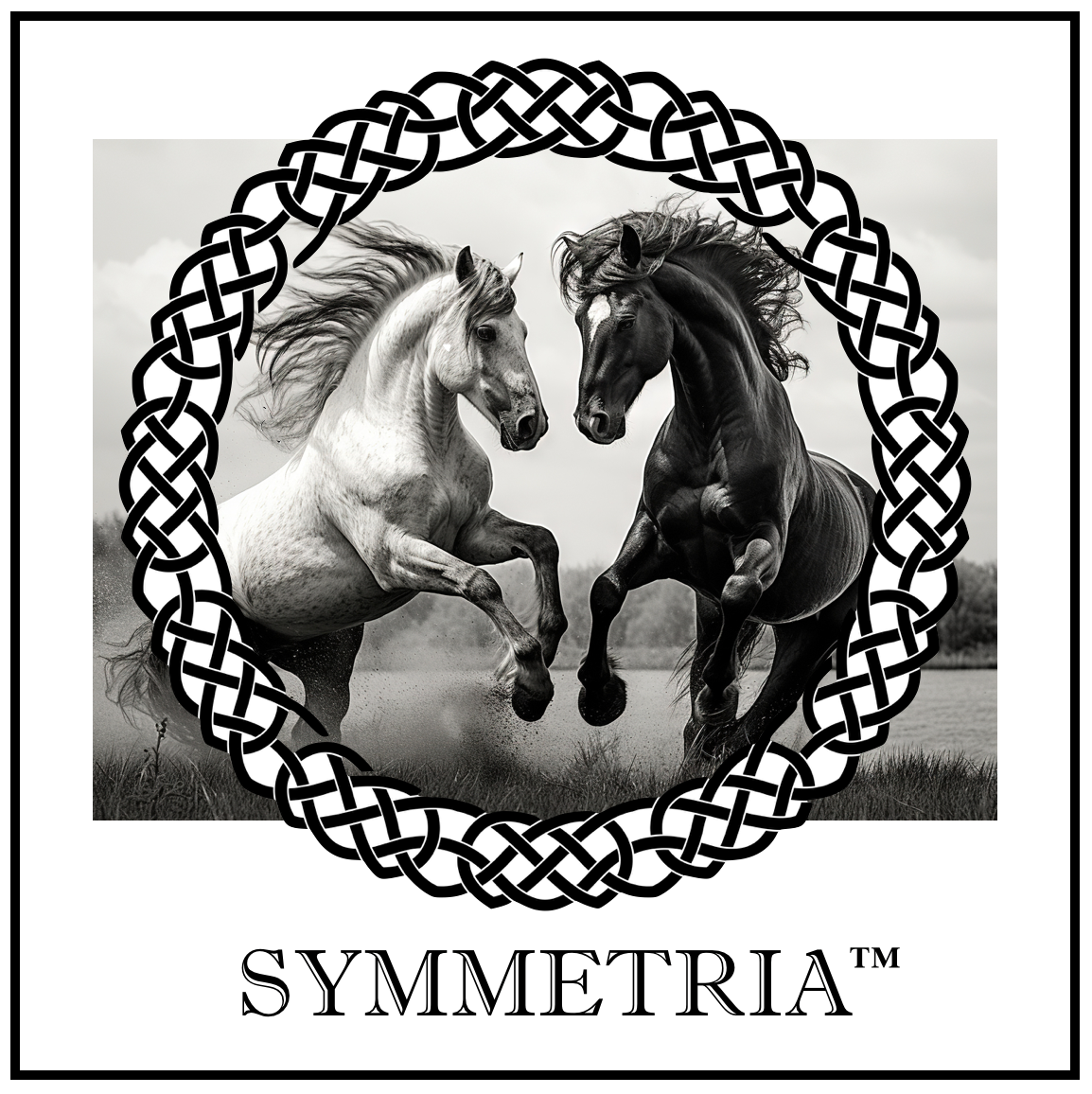Who is Sophia?
Who is Sophia?
Goddess of Wisdom, Great Mother, Divine Intelligence, Co-Creatrix
The goddess of wisdom has appeared in nearly every society in a variety of different manifestations, including Athena, Greek goddess of wisdom and military victory; Minerva, the Roman goddess of wisdom and war; Tara, the Buddhist goddess of compassion who teaches the wisdom of non-attachment; and Inanna, an early Sumerian Goddess. Sophia, whose name in Greek means “wisdom,” is connected to the different incarnations of sacred female knowledge and to those goddesses listed above.
Sophia is one of the central figures of Gnosticism, a Christian philosophical movement with uncertain origins that most likely originated in ancient Rome and Persia. Gnosticism emphasizes individual knowledge and wisdom as the path to salvation and oneness with God. Its followers worship Sophia as both divine female creator and counterpart to Jesus Christ. According to Gnostic beliefs, Christ was conceived of as having two aspects: a male half, identified as the son of God, and a female half, called Sophia, who was venerated as the mother of the universe.
According to The Apocryphon of John, one of the main texts of Gnosticism dating to circa 180, Sophia represented divine wisdom and the female spirit. In the Gnostic creation story Sophia, seeing God’s creations, desired to make something of her own. The being she formed was her son, Ialdabaoth, who had the face of a lion and the body of a serpent. Ialdabaoth later used Sophia’s power to create the material world. Because of her relationship to Ialdabaoth’s creation, Sophia became known and worshipped as the mother of the universe.
Sophia appears in many passages of the Bible as the female personification of wisdom, though her roles and popularity in Judeo-Christian traditions have changed throughout time. She is also celebrated in Kabbalah, a form of Jewish mysticism, as the female expression of God. Sophia has been venerated by various religious figures throughout history including Hildegarde of Bingen, whose theological writings addressed Sophia and the concept of divine female wisdom. In nearly all representations of sacred wisdom some aspect of Sophia can be found; she, like many other goddesses, even became integrated into the worship of the Virgin Mary in the Middle Ages.
Since the emergence of the modern feminist movement in the 1970s, Sophia has gained popularity as a figure for goddess worship. There has also been a scholarly effort to locate Sophia historically as the goddess of wisdom within the context of Christian religious practices, texts, and images. One of the most interesting theories relates to Michelangelo’s paintings on the Sistine Chapel ceiling. Some scholars and art historians believe that the female figure under God’s left arm in the Creation of Adamis, in fact, Sophia, acting out her role as the female being in the creation of life and man.
(Courtesy of Brooklyn Museum)
Copyright Symmetria LLC 2018 © All Rights Reserved
SymmetriaSM and Horses for PeaceSM are trademarks of Symmetria LLC
Symmetria LLC and terra Symmetria LLC are dbas of the International Center for Anthrohippology (InCAh) LLC
Sophia's Grove is a non-profit organization registered under Section 501 (c) (3)





